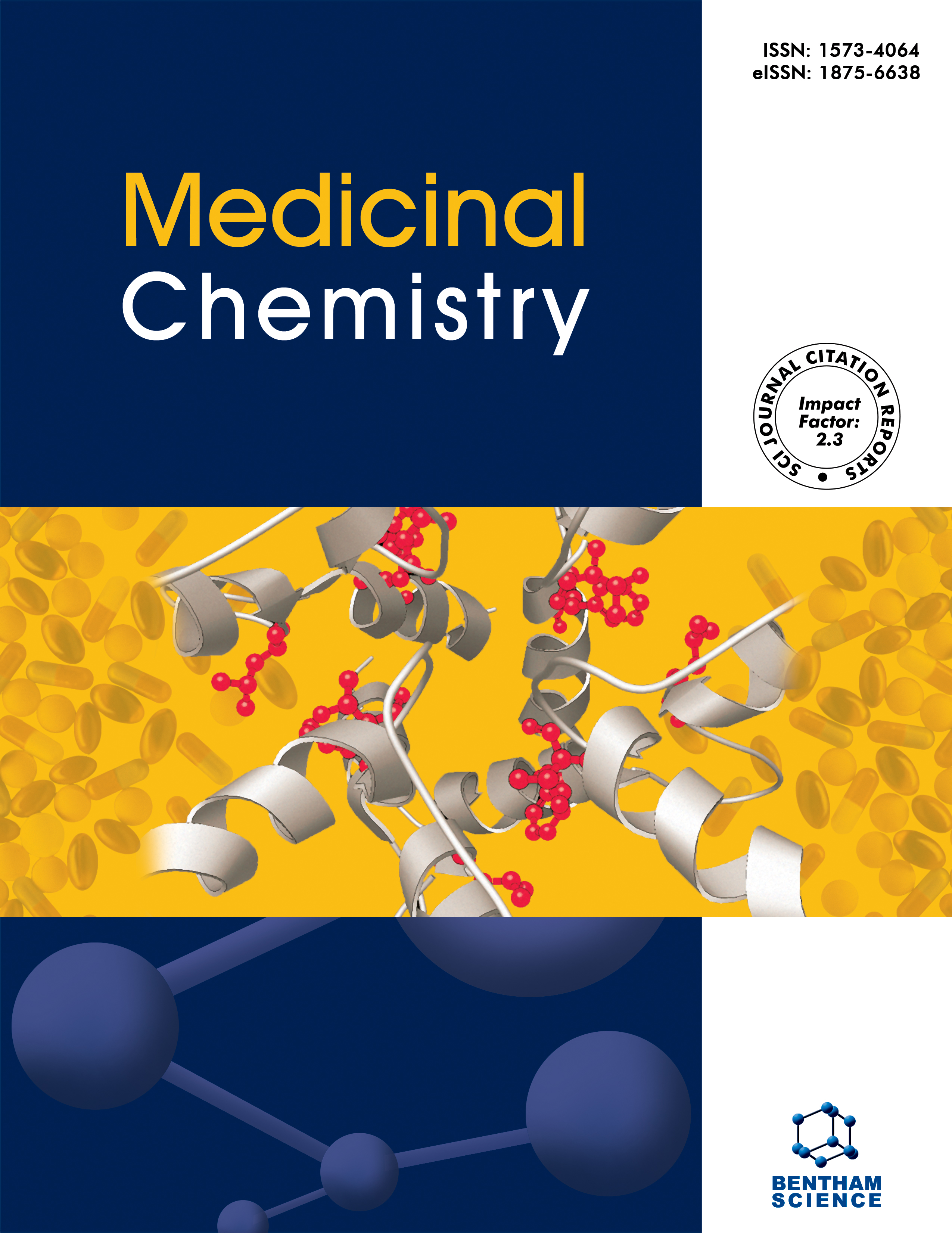-
oa Editorial [ Hot Topic:Thin-Layer Chromatography with Biodetection for the Screening of Natural Origin Samples (Guest Editor: Monika Waksmundzka-Hajnos)]
- Source: Medicinal Chemistry, Volume 8, Issue 1, Jan 2012, p. 72 - 74
-
- 01 Jan 2012
Abstract
Thin-Layer Chromatography is a technique widely used for qualitative analysis of organic compounds, isolation of the individual compounds from multicomponent mixtures, quantitative analysis, and preparative-scale isolation. In many cases, it outperforms the other chromatographic techniques. Firstly, there is a multitude of the chromatographic systems that can be applied in TLC. Many kinds of TLC and high performance TLC (HPTLC) precoated plates are commercially available such as: inorganic adsorbent layers (silica or silica gel and alumina), organic layers (polyamide, cellulose), polar bonded stationary phases (diol, cyanopropyl, and aminopropyl), nonpolar bonded stationary phases (RP2, RP8, RP18). Sorbents applied in TLC have the different surface characteristics and, hence, different physicochemical properties. Moreover, there is a wide choice of mobile phases that can be used to separate mixture components; these belong to various selectivity groups and, thus, have different properties. In TLC, UV absorption of the mobile phase solvents does not play a significant negative role in detection and quantification of the analytes, because the mobile phase is evaporated from the plate prior to the detection. Only high viscosity of a solvent can be viewed as a sole property limiting its choice as a mobile phase component. These plate and mobile phase characteristics allow a choice from among an unparalleled abundance of TLC systems that offer a broad spectrum of separation selectivities, which is particularly important when complex mixtures of the natural origin have to be separated. Another advantage of TLC is that each plate is used only once, thereby allowing simpler sample preparation methods compared to other chromatographic techniques. Highly sorbed materials in analyzed samples can be left behind in a layer, and do not interfere in the analysis of subsequent samples. Multiple samples can be analyzed at the same time on a single TLC or HPTLC plate, reducing the time and solvent volume used per sample; the processing of standards and samples on the same plate leads to advantages in the accuracy and precision of quantification by densitometry. TLC enables usage of numerous special development techniques. Most separations are carried out by a capillary flow development with a single mobile phase (isocratic) in the ascending or horizontal configuration. There are also special modes of developing a chromatogram: gradient elution with stepwise mobile phase variations and techniques consisted on multiple development of the plate. Multiple development consists of repeated development of the chromatogram on the same or on increased distances with the same or various eluents with drying the plate between the individual development runs. It results in narrowing of the spots or zones and improved resolution. Moreover, the circular and anticircular development methods can also be applied. The use of techniques with forced-flow of mobile phase (overpressure planar chromatography or electro-planar chromatography) has been also reported. TLC is also the easiest technique with which to perform multidimensional (i.e., two-dimensional) separations. A single sample is applied in the corner of a plate, and the layer is developed in the first direction with mobile phase 1. The mobile phase is evaporated, and the plate is then developed with mobile phase 2 at a right angle (perpendicular or orthogonal direction); mobile phase 2 has different selectivity characteristics compared to mobile phase 1. In this way, complete separation can be achieved of very complex mixtures (e.g., of the components of a plant extract) over the entire layer surface. Particularly valuable separation results can be achieved when using various mobile phase systems to benefit from different separation mechanisms. For example, with cellulose one can apply nonaqueous mobile phase to achieve the adsorption mechanism of retention and aqueous mobile phase to achieve the partition mechanism. In a similar way, with the polar chemically bonded stationary phases one can use nonaqueous mobile phases to achieve the adsorption mechanism of retention and the aqueous mobile phases to achieve the reversed-phase mechanism. Shifting from the adsorption to the partition mode causes marked differences in the separation selectivity....


